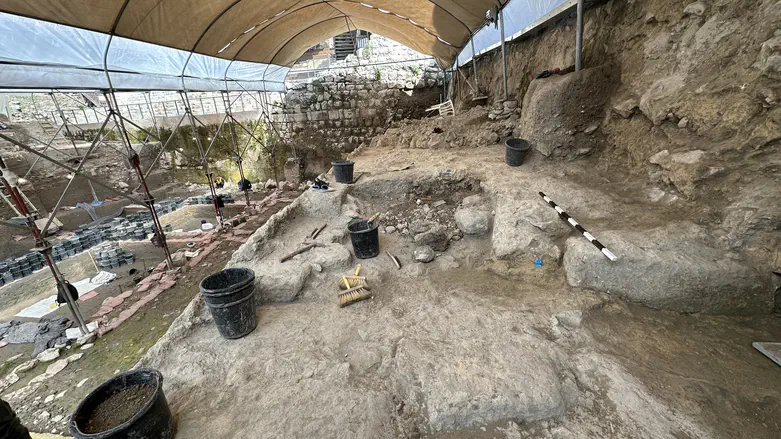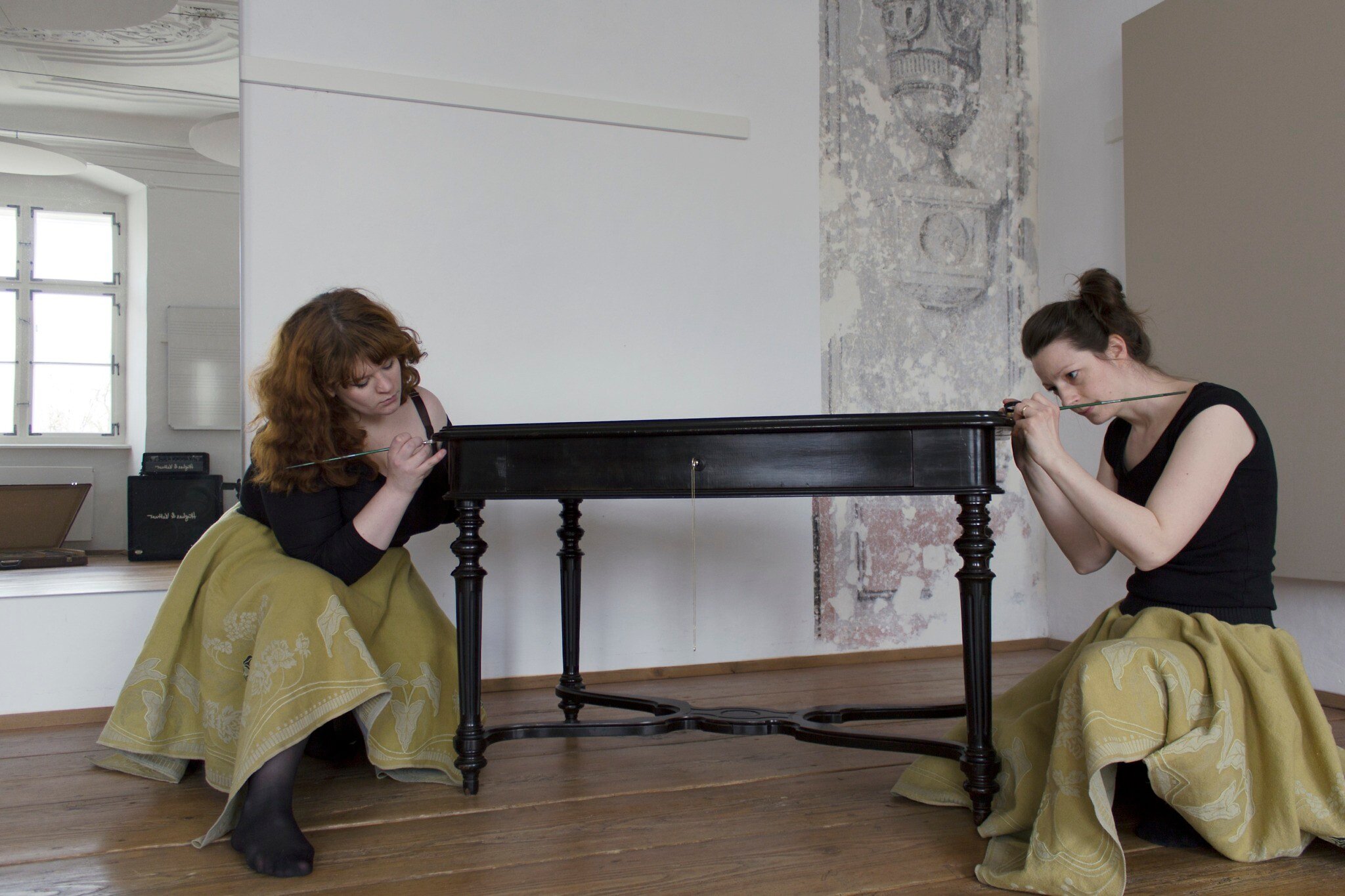Recent excavations at the Siloam Dam in Jerusalem have revealed that ancient residents responded to climate challenges over 2,800 years ago with advanced engineering. Faced with droughts and flash floods, the rulers of Judah fortified the Gihon Spring and redirected its waters into the newly constructed Siloam Pool, creating a monumental dam to secure the city's water supply.
A study led by researchers from the Weizmann Institute of Science and the Israel Antiquities Authority used precise radiocarbon dating and microarchaeological methods to determine that the dam was built between 805 and 795 BCE. The research combined archaeological findings with climate data, showing that the dam was part of a comprehensive plan to manage Jerusalem's water resources amid environmental instability.
The results highlight the city's early urban planning and resilience, offering new insights into how ancient societies adapted to climate crises.

 image sourced from original article at
image sourced from original article at 


